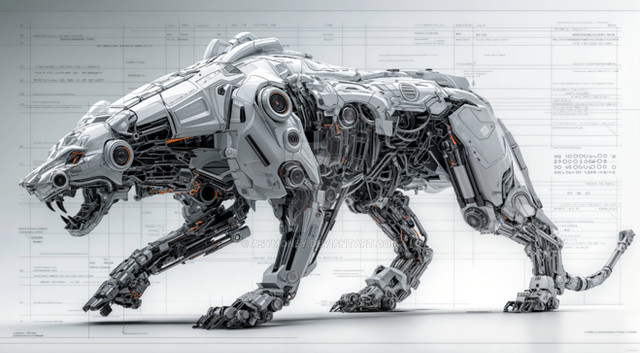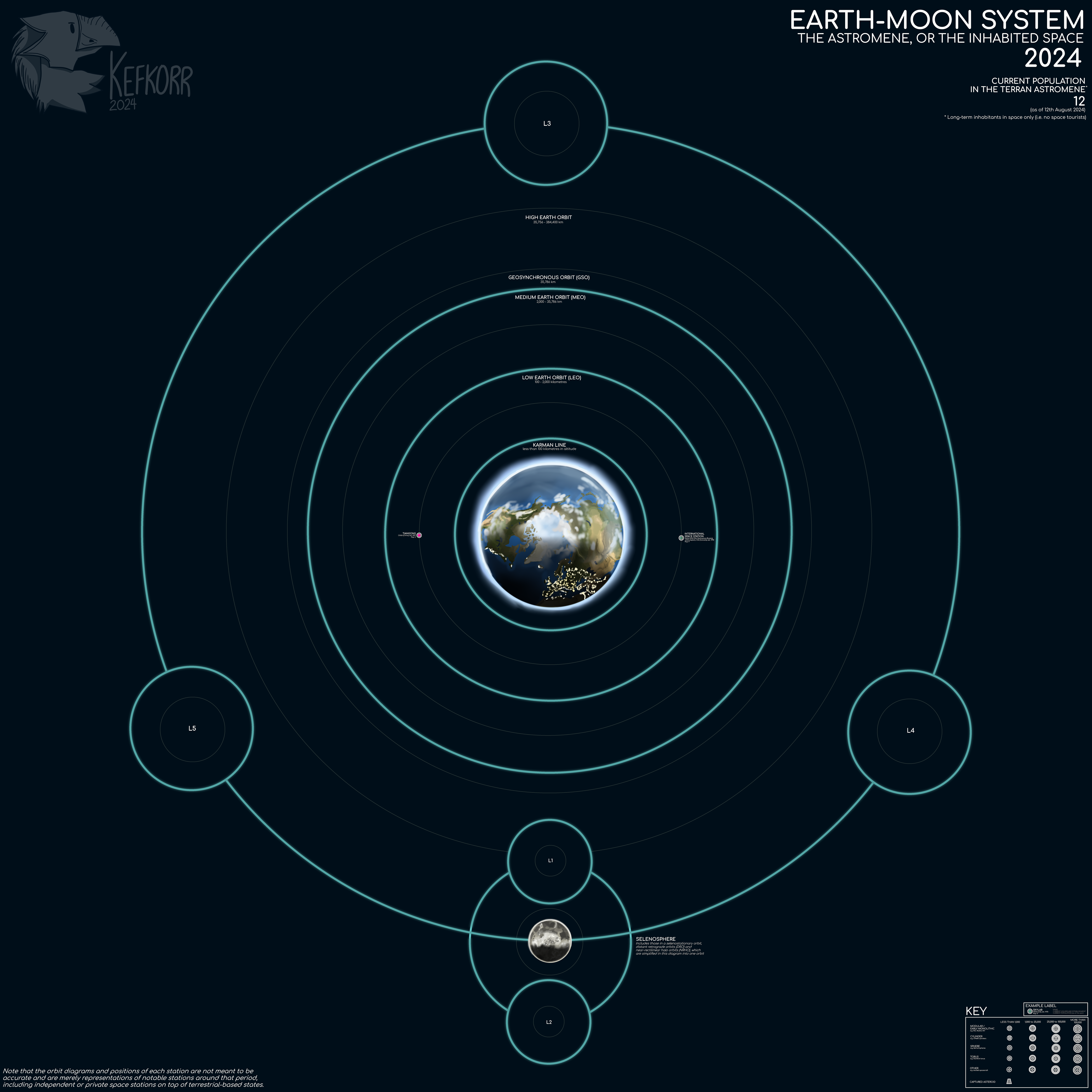HOME | DD
 Ocelium — Alternate Outer Solar System
Ocelium — Alternate Outer Solar System

#alternatehistory #scifi #solarsystem #space
Published: 2023-05-30 21:06:28 +0000 UTC; Views: 5658; Favourites: 94; Downloads: 36
Redirect to original
Description
The outer solar system is a stark contrast to the inners, a place where you wouldn’t expect life, it is too cold out here for standard carbon based lifeforms of the inner solar system to evolve naturally, so life must take on exotic forms or live in the few pockets of warmth that exist out here.There’s Ceres, a barren world with a thin atmosphere of primarily carbon dioxide, it is the only terrestrial planet with a natural ring system, which is primarily made up of shredded up captured asteroids, all of its moons are bodies captured from the asteroid belt. It is also one of the few planets where Minervans could live on for extended periods, leading to this planet being a safe-haven for Minervans after the nuclear war, it is home to many colonies that had gained independence from Minerva, as well as many Minervan governments in exile.
Between Ceres and Jupiter is the asteroid belt, a ring made up of rocks too small to be considered planets, In it are 2 dwarf planets, Vesta, a gray, cratered world similar to Earth’s moon, and Hecate, which has a strange green hue to it, in addition, there are a few traces of the organic compound menthol in its regolith, how it got there is still a mystery to scientists. In the asteroid belt lies many space stations operate by both Humans and Minervans, recently, a claiming spree by the United Kingdom and China have led to a few violent interactions and warning shots leading to a few stations being wrecked as collateral damage.
The next world is Jupiter, the largest of the planets, slightly smaller than IRL due to it never migrating inwards to eat up parts of the inner solar system. Jupiter hosts the 4 Galilean moons, Io, a volcanically active moon with a yellow surface, Europa, an icy moon with life living in its subsurface oceans, Ganymede, the largest moon in the solar system and Callisto, An odd one out from the inner 3 due to its lack of resonance.
After Jupiter comes Juno, a gas dwarf, Juno is in an odd position, it has much higher concentrations of methane and ammonia in its atmosphere than Jupiter or Saturn, suggesting that it formed around Uranus and Neptune but migrated inwards. This world has many mining stations in its atmosphere extracting fuel for fusion-powered spaceships.
Next, there’s Saturn, the planet with the most visible ring system. It is orbited by the largest number of round moons in the solar system, which are, Mimas, the smallest gravitationally round object in solar system, Enceladus, where water acts like lava and sprays out of volcanoes, Tethys, Atlas and Dione, which are rather uninteresting compared to the rest, Prometheus, (IRL Rhea) a moon with rings, Titan, a moon with a thick atmosphere and methane lakes and seas where exotic forms of life have emerged, Iapetus, a moon with a massive black stain and an equatorial ridge, and Coeus, which has an excess of iodine compounds on its surface, giving it some purplish spots.
At Saturn’s L5 Lagrange point lies Rhea, one of only two planets to be named after the Greek version of a god rather than the Roman version, the other being Uranus. Rhea is an icy super-earth with an ominous dark stain that looks like it has cracks, this were probably once an ancient region where hydrocarbons flowed in rivers towards a central sea , but the sunlight broke up those and reformed the hydrocarbons, precipitating them and leading to the dark marks.
Then there’s Uranus, a light blue gas giant that’s tilted on its side, It is relatively featureless compared to the other gas plants, (clouds exaggerated here) Its moons are named after characters from the works of William Shakespeare and Alexander Pope rather than those from greek and roman mythology. The innermost major moon, Mercutio is often nicknamed the “Vomit Moon” due to its green and yellow tinge.
After Uranus is Neptune, a dark blue world that’s warmer than Uranus despite being further away, Neptune is also more massive than Uranus while being smaller. Its 2 round moons are both equally odd, Proteus, has a giant impact crater on it that should have broken the moon apart, while the largest moon Triton orbits backwards compared to neptune’s rotation.
Between Neptune and Pluto is the Styx belt, a collection of icy asteroids and the Dwarf planet Charon. These bodies are named after figures and geographic features from afterlives. Charon is thought to have once been Pluto’s moon due to their similar appearance and compositions.
The final planet in the outer solar system is Pluto, an icy world with a peculiar Heart-shaped marking. Its giant moon Kerberos is a massive anomaly, it is 2 fifths the size of pluto, even larger than Luna’s ratio with Earth. Pluto also has a large amount of dark smudges primarily made up of precipitated carbon compounds.
Related content
Comments: 7

👍: 0 ⏩: 0

👍: 0 ⏩: 1

👍: 0 ⏩: 1

👍: 0 ⏩: 0

👍: 0 ⏩: 0



















